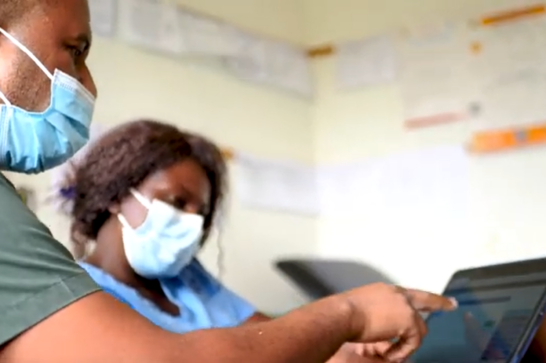Zimbabwe COVID-19 Emergency Response Project
This project is a critical component of the government’s concerted efforts to mitigate the devastating impact of the pandemic on public health and socio-economic development. As part of an expanded health response, this initiative aims to strengthen the country’s healthcare system while enhancing its capacity to effectively respond to and manage the ongoing crisis.
We do this through the provision of financial support for emergency response activities, such as procuring essential medical supplies like vaccines and equipment, improving healthcare infrastructure, and scaling up testing and treatment services.
The project plays a vital role in curbing the spread of COVID-19. Moreover, it seeks to bolster community engagement and communication strategies, ensuring that accurate information reaches all segments of society. The project is supported by the World Bank, under the coordination of the government of Zimbabwe.
WHERE WE WORK IN ZIMBABWE
As a technical assistance unit to the Ministry of Health and Child Care (MoHCC), Cordaid Zimbabwe works at a national level. It also provides technical assistance to the provincial levels of the MoHCC that play a role in the results-based financing programme. This is in the following provinces: Midlands, Matabeleland South and North, Masvingo, Mashonaland West, East, Central and Manicaland.
In addition to functioning as a technical assistance unit, Cordaid, with support from the World Bank, will continue to implement a demand- and supply-side results-based financing intervention up to March 31, 2024.
The intervention is in two low-income urban health districts of Bulawayo and Harare cities. It includes pregnancy-related healthcare services and the use of electronic health records for patient management. Since 2021, Cordaid scaling up the districts covered in this project.
PARTNERS AND DONORS
Cordaid’s local partners include the Zimbabwean Ministry of Health and Child Care, The Ministry of Finance and Economic Development of Zimbabwe, the Ministry of Public Service, Labour and Social Welfare and the city councils of Harare and Bulawayo. We also work with other local partners, donors, civil society organisations and community-based organisations.
CONTACT
Visiting address
15 Connaught Road
Avondale
Harare, Zimbabwe
Postal address
P.O. Box A430
Avondale
Harare, Zimbabwe
Phone
+263 772 161 806 / +263 772 161 807
Email
[email protected]
Website
www.healthprojectzim.org.zw
The Zimbabwe office is part of our East and South Africa Cluster.
Cluster Director
Heleen van der Beek
Email: [email protected]
Country Manager
Endris Mohammed Seid
Email: [email protected]
Follow Cordaid Zimbabwe
Twitter
Follow Cordaid East and South Africa
Twitter
LinkedIn


